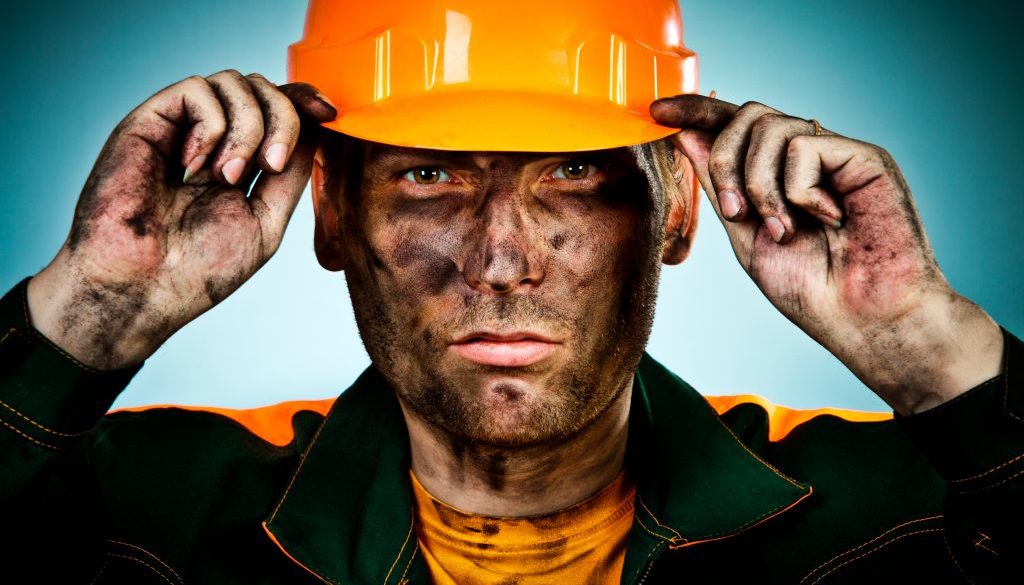Chemical Hazards Make Every Day at Work a Fright Fest
By Katie Tracy, Center for Progressive Reform
On Halloween, nothing seems spookier than a chance encounter with a ghost or goblin, except maybe a zombie. But there is something much more haunting that happens every day. Across the United States, an average of 137 people die daily from occupational diseases caused by on-the-job exposures to toxic chemicals and other hazardous substances. Nearly 200,000 more suffer from nonfatal illnesses.
This is no trick. There is no mystery here. In fact, in 2017, more people died from occupational diseases than from motor vehicle accidents or firearms. And that same year, 41 workers died from acute inhalation of a chemical on the job, according to data reported by the Bureau of Labor Statistics (BLS) earlier this month. With such a high number of deaths, working with chemicals makes every day at work a fright fest.
Chemical exposures may not be the stuff of nightmares or horror films. Nonetheless, I’m kept awake at night wondering what we can do to grab the attention of our president and lawmakers. After all, the solutions are well known and not too costly, and no magic potions or witches’ brews are required. Yet those with the power to do something about it aren’t listening. It’s beyond morbid how little they’re doing to save workers’ lives or help improve the quality of life for those suffering from debilitating illnesses.
President Trump and the current leadership of the Occupational Safety and Health Administration (OSHA) have devilishly chosen to halt many new standards that would safeguard workers from chemicals and other hazards and at the same time have deliberately lowered enforcement of existing rules.
For example, shortly after Trump’s inauguration, he nixed action on standards to address the organic solvent 1-bromopropane and the industrial chemical styrene, both of which cause neurological damage and may cause cancer. And after the Obama administration finalized a rule to protect workers from toxic crystalline silica, the Trump administration halted OSHA’s special enforcement initiative, meaning the agency can only inspect a workplace for compliance with the silica standard upon receiving a direct complaint from a worker, a terrifying and risky step given the possibility of retaliation by employers.
Even more horrifying is that under Trump, in FY 2018, federal OSHA had fewer inspectors and completed fewer inspections than at any time in its entire history. It’s utterly bone-chilling.
Despite the ghoulish nature of this problem, there’s no need to sleep with your lights on or hide under your bed. Earlier this year, I joined with CPR’s esteemed Member Scholars to publish a handbook for workers and advocates on addressing chemical hazards in the workplace without waiting for government intervention. In Chemical Detox for the Workplace: A Guide to Securing a Nontoxic Work Environment, we explore multiple strategies for reducing or eliminating chemical hazards at work and assisting injured workers.
With chemical hazards lurking in most worksites, from farms to nail salons, workers need solutions now. Our guide provides resources for learning about chemical hazards and tactics for addressing exposures in the workplace. Strategies explored in the manual include working with an employer to utilize safer alternatives, filing a complaint with OSHA or submitting a tip to the Environmental Protection Agency, suing employers using “citizen suit” provisions in federal environmental laws or by filing a toxic tort lawsuit, and advocating beyond the workplace.
With this guide in hand, workers can shield themselves against nefarious chemical hazards and malevolent employers every day of the year.
Happy Halloween!

